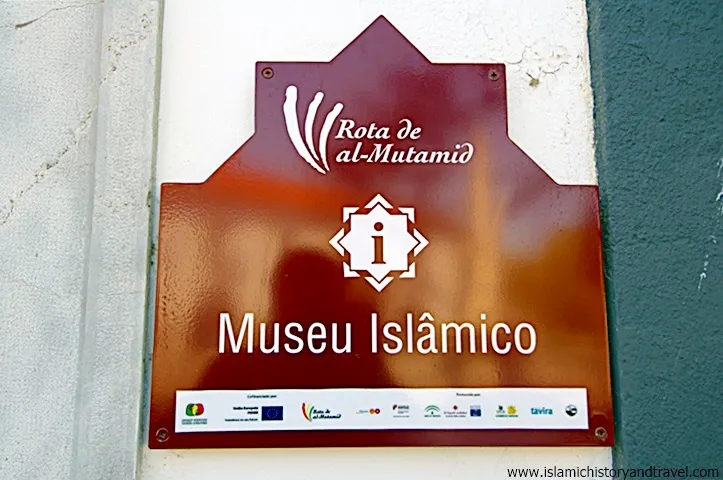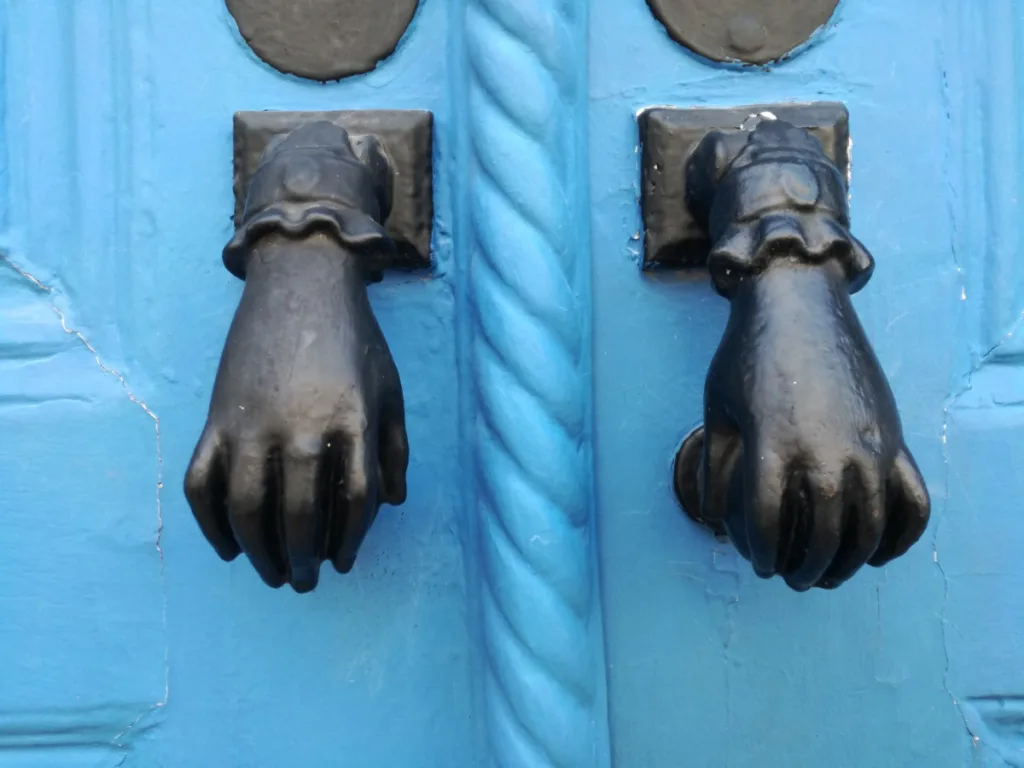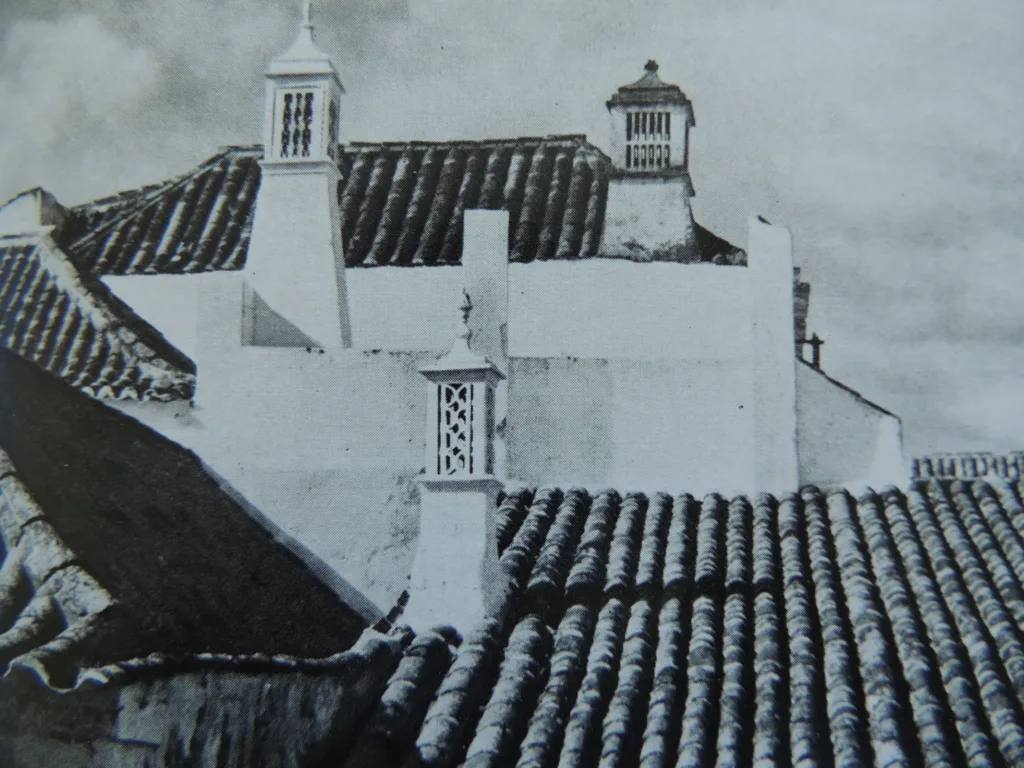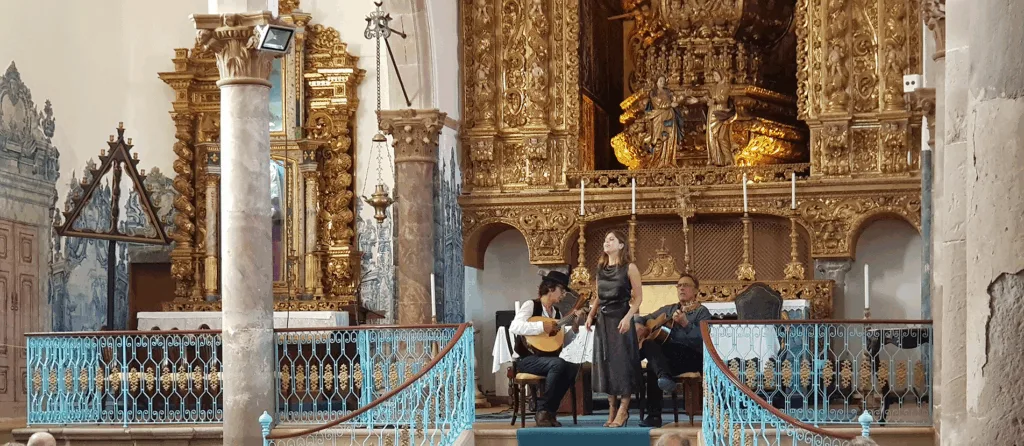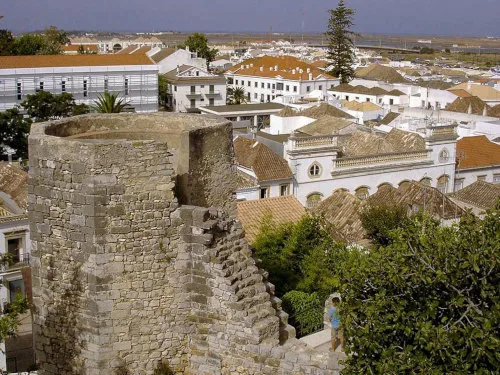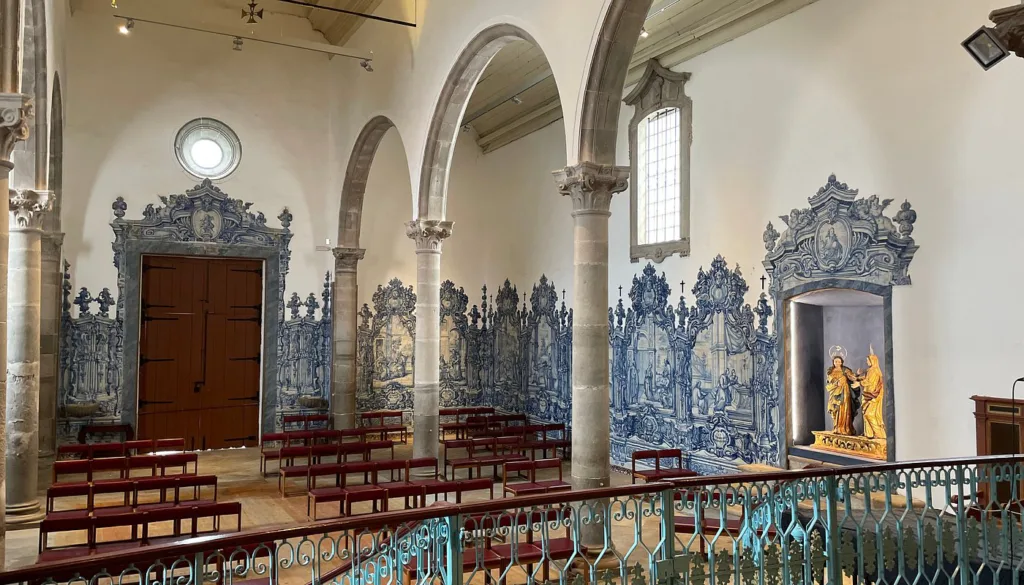Just beyond the town walls and coastal dunes, the salt pans of Tavira stretch out like shimmering mirrors. These historic salt flats are more than a picturesque backdrop — they are part of an age-old tradition that has shaped the local economy and landscape for centuries.
Salt production in Tavira dates back to Roman and Moorish times. The region’s abundant sunshine, shallow lagoons, and favorable winds made it ideal for harvesting sea salt, a process still largely done by hand. Tavira’s flor de sal, the delicate top layer of salt crystals, is highly prized by chefs and gourmet shops across Europe.
Today, the salt pans are not only an important economic activity but also a haven for birdlife and a place of tranquility. Walking through the salt flats can feel like wandering a maze of quiet, sun-soaked paths between shallow pools. The best time to witness salt harvesting is during the hot summer months, from June to September , when workers scrape the salt by hand from the evaporating basins. They usually don’t like to be photographed, though so please mind their privacy.
Walking Routes and Navigation
The salt pan area can be disorienting for first-time visitors, with its crisscrossing levees and water channels. To navigate more easily, we recommend using walking apps like Komoot or AllTrails , which provide user-mapped gravel paths and loop routes. Google Maps works as well but can miss the finer details of smaller walking trails.
For a walk directly from Taste Tavira AL , try heading southeast via Fonte Salgada , just past the local fire station (Bombeiros), and follow the gravel trails along the Ecovia Litoral. It’s a peaceful and scenic route — especially in the early morning or around sunset.
Salinas do Grelha & the Algarve’s “Dead Sea”
For a deeper dive into the world of salt, consider visiting the Salinas do Grelha , located near Olhão. This small-scale artisanal producer offers guided tours of their working salt pans. One of their most unique features is the “Mar Morto” — a man-made saltwater lagoon with salinity levels similar to the real Dead Sea. Visitors are welcome to float, relax, and enjoy the health benefits of the highly concentrated saltwater.
Salinas do Grelha – Visitor Info:
- 📍 Address : Cova da Onça – Belamandil, Cx. Postal 412A, 8700-172 Olhão
- 📞 Phone/WhatsApp : +351 967 753 496
- 🌐 Website : www.salinasdogrelha.pt
Tours are available during the high season, and floating in the saltwater lagoon is possible by appointment. The best time to visit is late afternoon, when the setting sun paints the flats in golden tones.
Whether you’re a lover of history, a curious foodie, or simply seeking a peaceful walk through a unique coastal landscape, Tavira’s salt pans offer a window into one of the Algarve’s most enduring traditions — and a reminder of the quiet beauty found in slow, deliberate craft.




